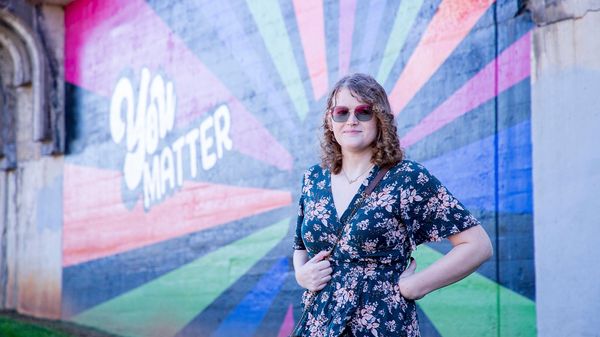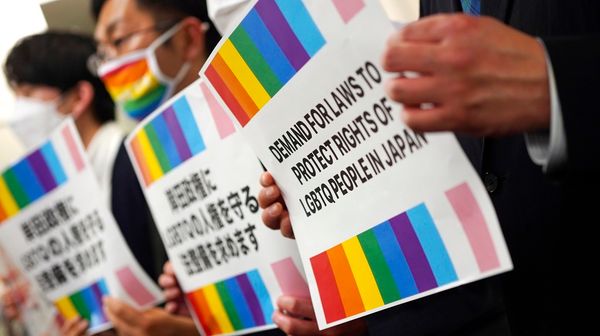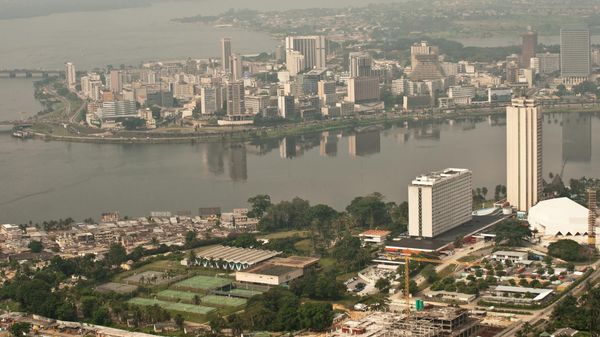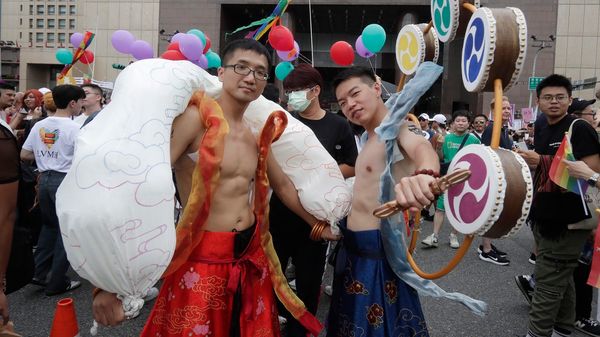
October 8, 2017
Santa Clara Supervisors Look to Create Programs for Homeless Youth
Heather Cassell READ TIME: 4 MIN.
Following the presentation of a report showing 13,250 high school students in Santa Clara County are couch surfing or living on the streets, the Board of Supervisors last week voted 5-0 to create programs to tackle Silicon Valley's growing homeless youth population.
The goal is to end youth homelessness by 2020, Sparky Harlan, CEO of the Bill Wilson Center, said at a September 26 news conference before presenting the first-of-its-kind in-depth report, "Count Me! Hidden in Plain Sight: Documenting Homeless Youth Populations," to the supervisors.
Funding for the programs is expected to come from Measure A, a bond passed by voters in November 2016 that allows the county to borrow $950 million to create affordable housing and other services.
The report found an alarming number of youth - an estimated 13,250 high school kids and 17,637 community college students - were either couch surfing, living in cars, or living on the South Bay's streets. On any given night, thousands of youth, ages 13 to 25, find themselves homeless. The Point-In-Time count in January found 2,530 youth during the one-night survey. The figure was an increase of 175 percent over the 2015 Point-In-Time count.
Board President Dave Cortese called the report's findings, "borderline shocking."
Other supervisors also weighed in.
"The problem is larger than we ever realized, as this study has shown," Supervisor Mike Wasserman said at the news conference.
Fellow Supervisors Cindy Chavez and Ken Yeager, the board's only gay member, joined Cortese and Wasserman. Others who attended included Ron Ricci, vice president of customer experience services at Cisco Systems and board president of the Bill Wilson Center; and Eric Masten, director of public policy at the National Network for Youth.
Yeager said that the report provided the information county leaders "knew anecdotally, but is probably a little larger than expected."
Young and Homeless in Silicon Valley
High school students represented 17 percent of the county's students who reported they were either unhoused themselves or knew of someone who was homeless at the time of the survey. The number of homeless youth rose to 44 percent for community college students ages 18-25, who reported experiencing homelessness or knowing someone who was homeless sometime within the past six months in the South Bay.
The report also found that 10.89 percent of queer homeless youth identified as bisexual, with gay and lesbian youth next, at 8.42 percent. Those who identified their sexual orientation or gender identity as something else numbered 2.48 percent.
For the report, the Bill Wilson Center and the USC Suzanne Dworak-Peck School of Social Work analyzed data from three sources: The Housing and Urban Development Department's biennial Point-In-Time count, a survey of a selection of high school and community college students during the winter of 2016 and spring of 2017, and the Homeless Youth Risk and Resiliency Survey, conducted by USC researchers, which studied the characteristics of 208 homeless street young adults.
Nationwide, 30 percent of homeless youth identify as LGBT and 88 percent reported that their sexual orientation or gender identity is the reason they were forced to leave their home.
More concerning to South Bay officials was the number of queer youth who were affiliated with a gang (30 percent), the same as straight homeless youth, Harlan told the board.
Yeager asked if the researchers knew the reason behind homeless youth, particularly LGBT youth, participating in gangs.
Laura Onasch-Vera, a project specialist at the USC School of Social Work who co-presented the report's findings with Harlan, said the reason behind the gang affiliation was a "little bit of everything." Some were homeless because they were members of a gang or they joined a gang after becoming homeless. Gangs provided the homeless LGBT youth with basic living necessities, she said.
Digging into the reasons behind youth homelessness, USC researchers found that out of the 208 homeless youth surveyed: 45 percent were kicked out of their family's homes, 43 percent had a caregiver in prison, 40 percent qualified as chronically homeless, 35 percent spent time in foster care, and 18 percent came from homeless families.
Yeager also expressed concern about youth in foster care.
Harlan reported success in keeping foster youth off the streets by extending housing to them for an additional six years after they aged out of the system, but more could be done, she said.
She also noted that there was a hidden population of homeless people who are adults, mostly women, with young adult children. Due to their ages and policies, these homeless families are blocked from services or are separated in order to access services, Harlan said. She advocated for redefining families and other policies that force youth and families to make hard choices to get the help they need.
To address the issue, Chavez suggested coordinating the information from the report with forthcoming reports about foster youth and women in the county to make the county's investments "more purposeful."
Coming Together
Masten noted that the issue of youth homelessness and the reasons for it resonated across the United States.
He told reporters that couch surfing, "Can be a young person's final stop. It is the last chance to connect with them before they are on the street."
That's why the Bill Wilson Center is focusing on 1,000 youth who are currently couch surfing: it's the first step in addressing the problem, according to community and civic leaders.
"We need to do more," Cortese told reporters.
"The county is in this together," added Wasserman.
Ricci told the Bay Area Reporter that the Bill Wilson Center has an 80 percent success rate reconnecting homeless youth with their families.
For more information, visit http://www.acouchisnotahome.org or http://www.billwilsoncenter.org







